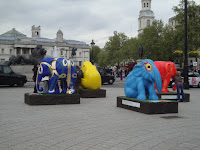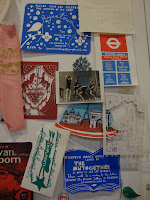Trentannidisegno or Thirty years of design

Slightly confusing exhibition at the Ara Pacis in Rome which looked at the work of a Inarea Identity and Design Network, “an international network of independent designers, architects, strategists and consultants, specializing in the creation and management of identity systems”. OK I’m quoting from the website as I was a bit confused. I think they design brand identities and the exhibition included a display of these iconic images. It also had a selection of wonderful models of major buildings made in odd materials such as Big Ben made of pencils.











